Tango is more than just a dance—it’s the heartbeat of Argentina, a symbol of passion, history, and the deep emotional expression of its people. Born in the late 19th century on the streets of Buenos Aires, tango has evolved into a global phenomenon, captivating audiences with its sensual movements and intense music. But beyond its technical beauty, tango is a cultural treasure that tells the story of Argentina’s past, its diverse influences, and the enduring spirit of its people.
The Origins of Tango: A Melting Pot of Cultures
Tango’s roots lie in the convergence of cultures that defined Argentina during the late 1800s. Buenos Aires was a bustling port city, home to a mix of European immigrants, African influences, and the working-class Argentine population. In the neighborhoods of La Boca and San Telmo, these diverse groups came together, and the fusion of their musical traditions gave birth to tango.
Originally, tango was seen as a dance of the underprivileged, performed in bars, brothels, and street corners. Its music combined the rhythms of African candombe, the melodies of European immigrants, and the folk traditions of the gauchos (Argentine cowboys). This blend of influences created a dance that was raw, emotional, and full of longing—a reflection of the hardships faced by many at the time.
Imagine the crowded streets of Buenos Aires at the turn of the century. Immigrants, far from their homelands, sought solace in music and dance. Tango became an outlet for these emotions, a way to express their loneliness, hope, and desire for connection. The dance was not just about the physical movement—it was about the stories of the people dancing it.
The Evolution of Tango: From the Streets to the World Stage
As tango grew in popularity, it spread beyond the working-class neighborhoods and began to captivate the Argentine elite. By the early 20th century, tango had become a symbol of national pride, and it wasn’t long before it reached Europe, where it was embraced in the ballrooms of Paris and London.
This international exposure helped elevate tango from its humble beginnings to a sophisticated art form. Composers like Carlos Gardel brought tango music to new heights, while dancers refined its steps into the elegant, dramatic style that we associate with the dance today.
If you’ve ever watched a tango performance, you’ve likely been struck by the intensity of the dance—the close embrace of the dancers, the sharp, precise movements, and the dramatic pauses that seem to hang in the air. This evolution of tango reflects the journey of Argentina itself, from a young, developing nation to a country that embraces its rich cultural heritage on the global stage.
The Heart of Tango: Emotion and Connection
What makes tango so captivating is not just its technical complexity, but the deep emotional connection between the dancers. Tango is often described as a “conversation” between two people—a silent dialogue expressed through movement. The dancers must trust and respond to each other in real-time, creating a dynamic, improvisational flow that mirrors the unpredictability of life.
Tango is a dance of passion, but it’s also a dance of control. The intense emotions are always kept just beneath the surface, reflected in the intricate footwork and the close embrace of the dancers. This balance between emotion and restraint is what gives tango its unique allure.
Imagine two dancers on a dimly lit stage. The music begins, and they move in unison, barely speaking but fully understanding each other. The tension builds as they weave through the intricate steps, never breaking eye contact. In that moment, the dance becomes a powerful metaphor for human connection—the need for both independence and intimacy.
Tango Today: A Living Tradition
Today, tango continues to thrive both in Argentina and around the world. In Buenos Aires, tango clubs, known as milongas, are still popular gathering places where people of all ages come to dance, socialize, and celebrate their cultural heritage. Tourists flock to Argentina to experience the magic of tango firsthand, and tango festivals and competitions attract dancers from across the globe.
Tango’s influence extends beyond dance halls. Its music, with its soulful melodies and rich instrumentation, is deeply woven into Argentine culture. Tango lyrics often tell stories of love, loss, and the struggles of everyday life—themes that resonate with people everywhere.
If you ever find yourself in Buenos Aires, a visit to a milonga is a must. You’ll see people from all walks of life, from seasoned dancers to beginners, moving to the rhythm of the bandoneón (a type of accordion central to tango music). This living tradition is a testament to the enduring appeal of tango as a way to connect with others and express emotion.
The Cultural Significance of Tango
Tango is more than just a dance—it’s a reflection of Argentina’s cultural identity. Its history embodies the country’s diversity, resilience, and creativity. Tango speaks to the universal human experience of longing, connection, and the search for meaning in an unpredictable world.
For Argentinians, tango is a source of pride. It’s a way to honor their ancestors, celebrate their heritage, and share their culture with the world. And for those who fall in love with the dance, tango becomes a way of life—a form of self-expression that transcends language and borders.
Think about how certain cultural practices—whether it’s dance, music, or food—can serve as a bridge to understanding a nation’s history and people. Tango offers a window into the soul of Argentina, allowing both locals and visitors to feel connected to the country’s past and present.
Tango is more than a beautiful dance; it’s a cultural phenomenon that captures the essence of Argentina. Its deep roots in the country’s history, combined with its emotional intensity and global appeal, make it a powerful symbol of human connection and expression.
The next time you listen to tango music or watch a performance, take a moment to reflect on the deeper cultural significance of the dance. What emotions does it evoke in you? How does it reflect the complexity of human relationships and the balance between passion and control? Whether you’re a dancer or an observer, tango offers valuable insights into the way we connect with others and navigate the world.
Expand Your Vocabulary
- Tango
Meaning: A passionate and dramatic partner dance originating from Argentina, characterized by sharp movements and close embrace.
In Context: Tango is not just a dance; it’s an emotional expression of the connection between two people.
Everyday Use: You might hear “tango” used metaphorically in phrases like “it takes two to tango,” meaning that two people are responsible for a situation or interaction. - Cultural Heritage
Meaning: The traditions, customs, and practices passed down through generations that represent a group or nation’s history and identity.
In Context: Tango is a vital part of Argentina’s cultural heritage, reflecting the country’s history and diversity.
Everyday Use: Cultural heritage can be seen in the way families celebrate holidays or pass down recipes, stories, and art. - Milonga
Meaning: A social event or gathering where people dance tango, or the name of a specific type of tango music.
In Context: Milongas are central to the tango culture in Buenos Aires, bringing people together to dance and socialize.
Everyday Use: The word “milonga” could be used to refer to any lively social dance event, especially one involving traditional or cultural dance. - Passion
Meaning: Intense emotion or enthusiasm for something.
In Context: Tango is known for its passion, both in the dance movements and in the music.
Everyday Use: Passion can describe a strong feeling about anything, whether it’s a hobby, a career, or a relationship. - Emotional Expression
Meaning: The outward display of feelings or emotions, often through actions, words, or art.
In Context: Tango allows dancers to engage in emotional expression through movement and connection.
Everyday Use: People use emotional expression in everyday life through conversation, body language, or creative outlets like writing or painting. - Improvisation
Meaning: Creating or performing something spontaneously without preparation.
In Context: Tango often involves improvisation, with dancers reacting to each other’s movements in real-time.
Everyday Use: Improvisation is common in conversations, problem-solving, or even cooking when you adjust a recipe on the fly. - Gauchos
Meaning: Argentine cowboys who played a significant role in the country’s history and culture.
In Context: The gaucho culture contributed to the music and traditions that influenced the development of tango.
Everyday Use: The word “gaucho” is often used to refer to Argentina’s rural, horseback-riding heritage. - Bandoneón
Meaning: A type of accordion central to tango music, known for its distinct, soulful sound.
In Context: The bandoneón’s haunting melodies are a hallmark of traditional tango music.
Everyday Use: You might compare the bandoneón’s role in tango to the guitar’s role in flamenco music or the piano’s in jazz. - National Pride
Meaning: A sense of honor and pride in one’s country and its achievements or culture.
In Context: Tango became a source of national pride for Argentina, representing its cultural uniqueness.
Everyday Use: National pride is often expressed during international events, such as the Olympics, when people celebrate their country’s accomplishments. - Sensuality
Meaning: The expression or enjoyment of physical pleasure and emotional intensity, often linked to the senses.
In Context: Tango’s sensuality is evident in the close embrace and intimate movements between dancers.
Everyday Use: Sensuality can be used to describe anything that appeals to the senses, like the texture of a soft fabric or the taste of rich food.
Let’s Talk
- Tango is often described as a conversation between two people. How do you think this idea of “silent communication” through movement relates to other forms of human connection, like friendships or romantic relationships?
- Tango is deeply tied to Argentina’s cultural identity. Can you think of a cultural tradition or practice in your own country that serves as a symbol of national pride? How does it reflect your culture’s values or history?
- The emotions conveyed in tango range from passion to longing. How do you express deep emotions in your own life, whether through creative outlets, communication, or other activities?
- Tango involves improvisation and responding to your partner’s movements. How do you handle improvisation or unpredictability in your own life, whether in social situations or at work?
- The music of tango, especially the sound of the bandoneón, is central to its emotional impact. How does music in general influence your emotions or mood? Can you think of a song or genre that has a similar effect on you as tango music does on its dancers?
- Cultural heritage is often passed down through generations. How do you engage with your own cultural heritage, and how do you think it influences your perspective on life?
- What do you think makes tango such a powerful and enduring dance form? Is it the emotional intensity, the connection between dancers, or something else?
- Tango often balances passion with control. In your own life, how do you balance your emotions with rational decision-making, especially in intense situations?
- How do you think experiencing or learning tango could change someone’s perspective on connection, both in dance and in relationships?
These questions are designed to provoke thought and encourage discussion. Feel free to share your thoughts with friends, family, or in the comments section to explore how tango’s emotional intensity and cultural significance relate to your own experiences and relationships.
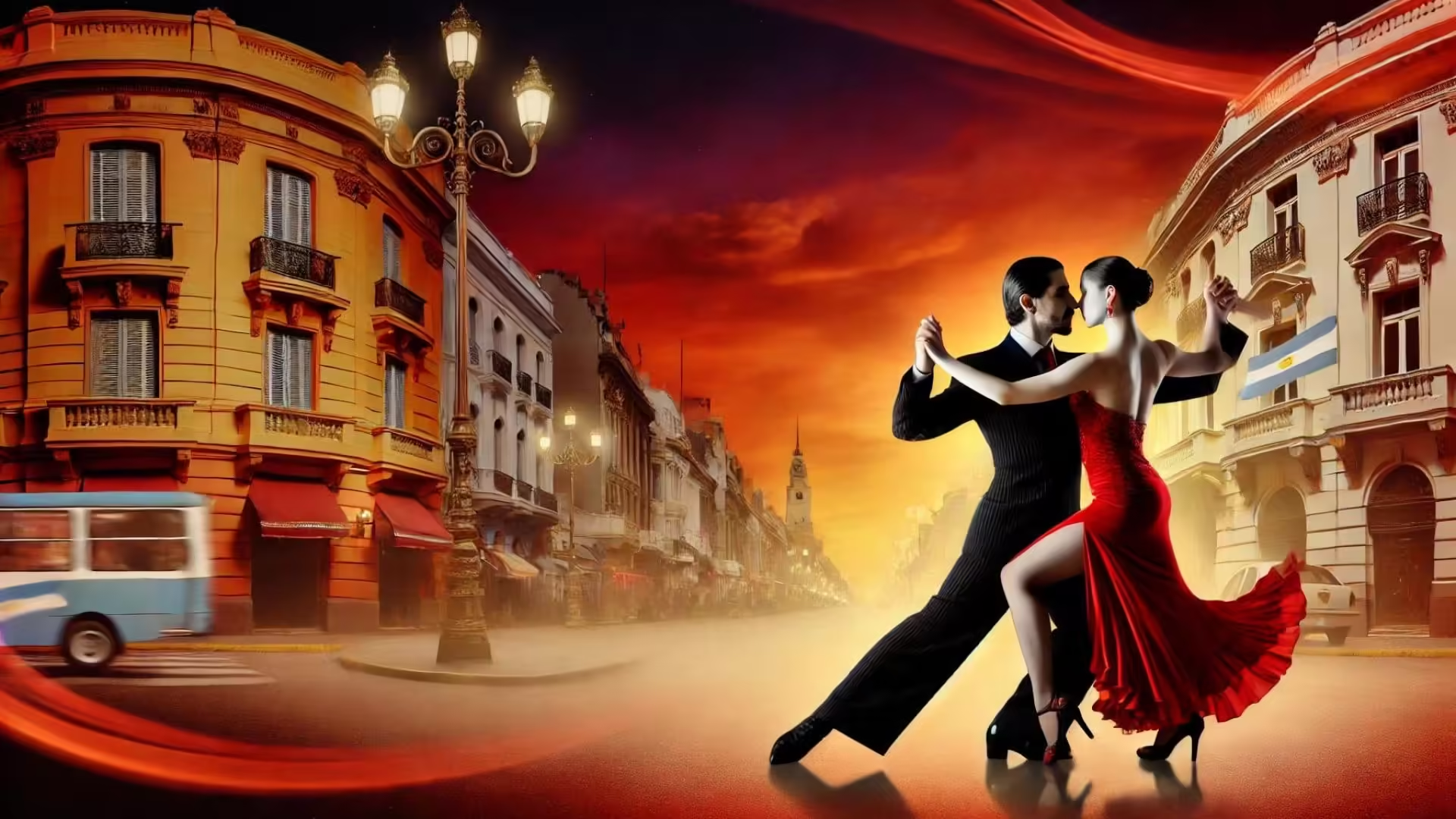
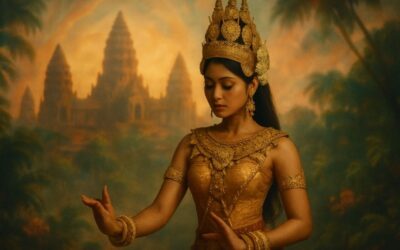
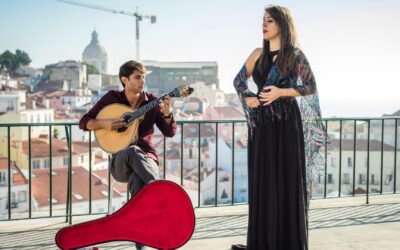

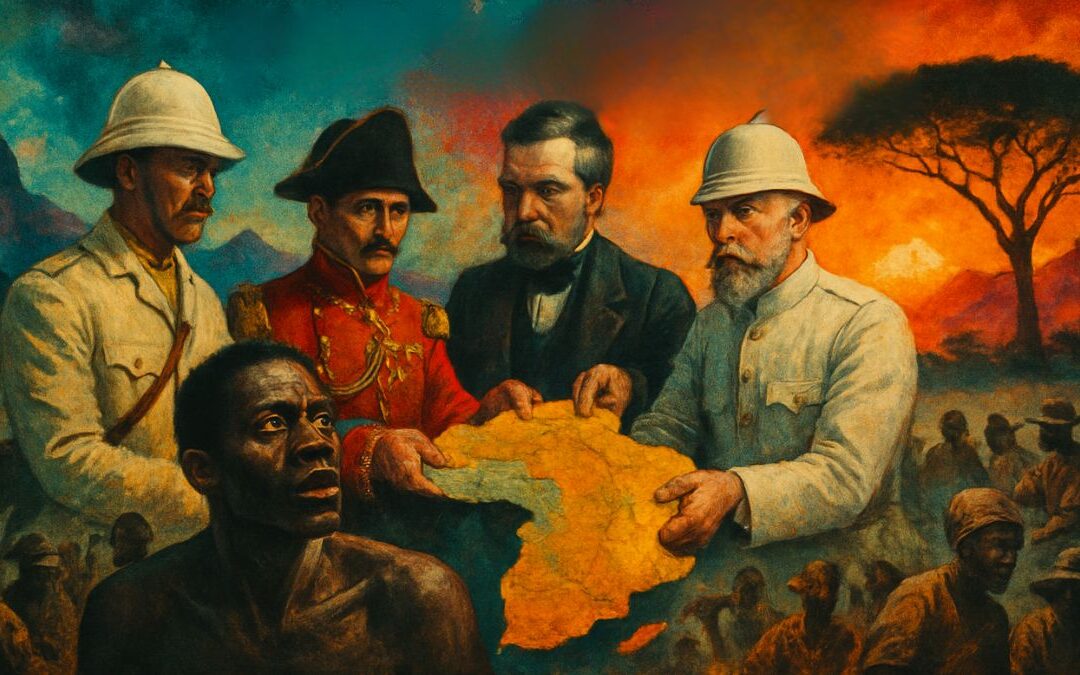



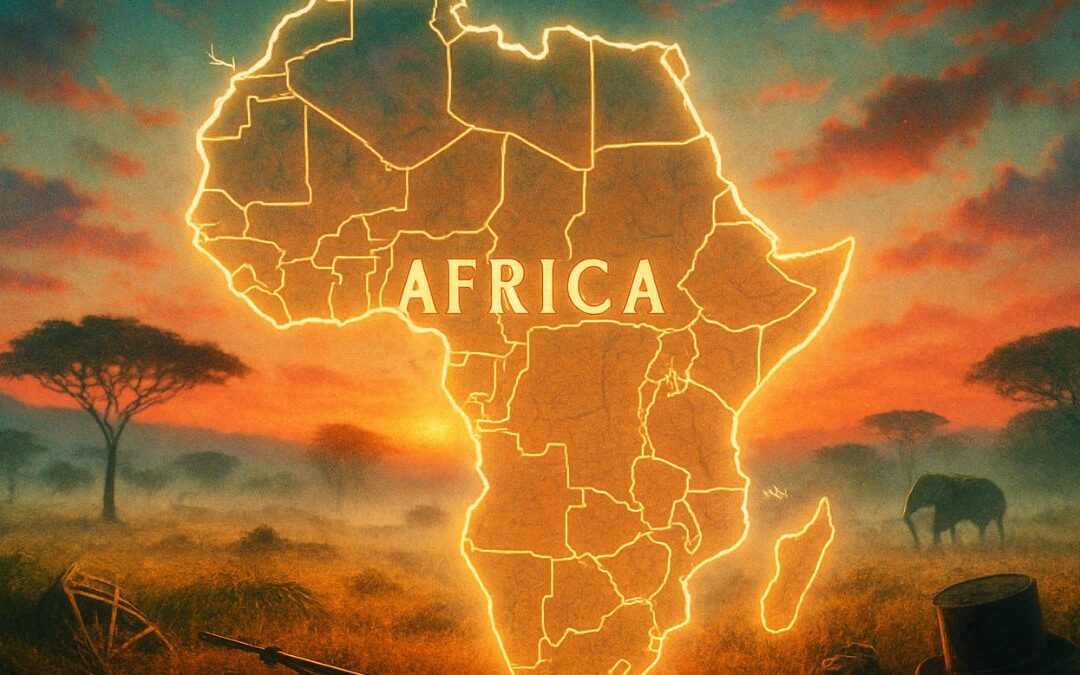
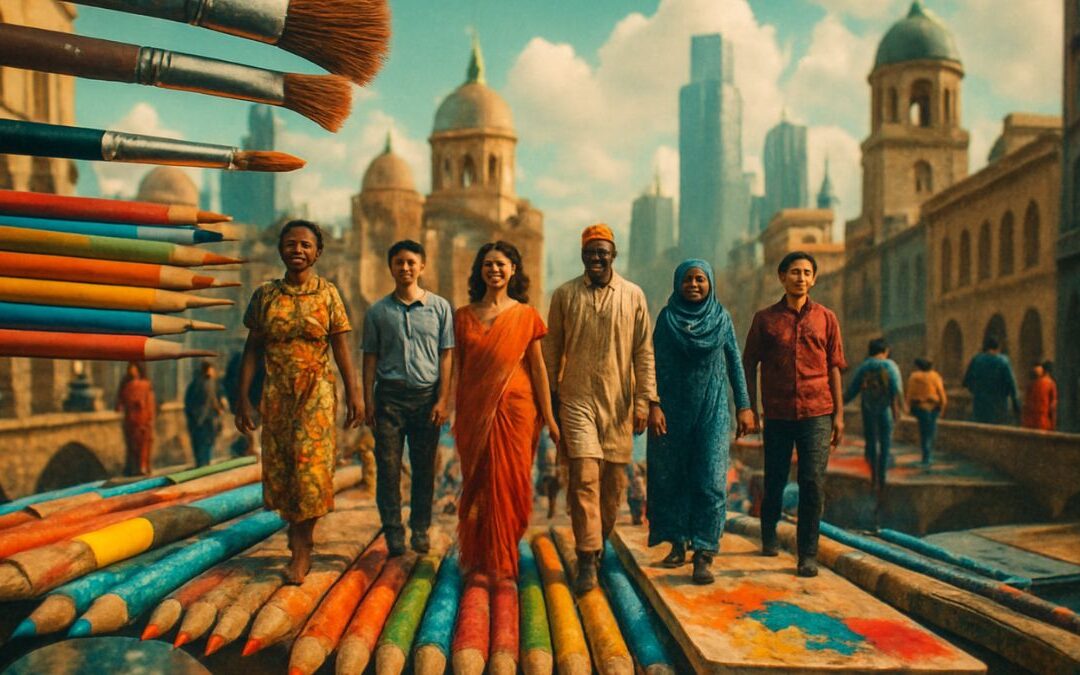
0 Comments